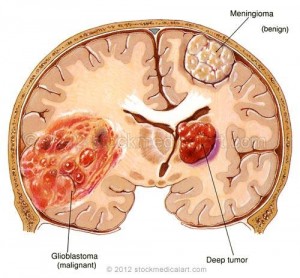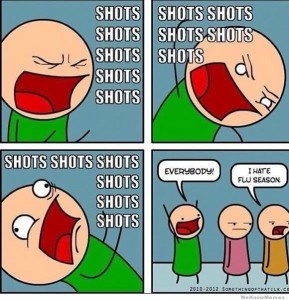Science has many applications to our everyday lives which go unseen. From the moment the alarm clock wakes you up, to the moment you turn off the lights to go to bed, science is directly impacting your life.
You may be surprised to find out that a chemistry study in its early stages may have great implications for the situations you experience on a daily basis.
Benjamin Rawe, a chemist at the University of British Columbia, has been studying polymers that have phosphorus in their backbone. This study produced a polymer which can glow!
But what are polymers? In essence, polymers are repeating units made of monomers, which are individual molecules. Using these polymers, Dr. Rawe added phosphorus to the them. Phosphorus is an element with very interesting properties because it can react with many things. When this element is incorporated into the polymer backbone it fluoresces, which means that it can glow. It is easy to think of the phosphorus like a switch for the polymer. So based on what is attached to the phosphorus, you’re either turning on or turning off the fluorescence.
The video below explains in detail what polymers are and the properties of phosphorus that make it essential to this study.
Credit: Daniela Castillo & Vanessa Sidhu
The real-life application for these polymers that contain phosphorus is the possible ability for them to be used as sensors. Sensors are objects that detect an event or change, and respond to that change. Sensors are required for many parts of our daily lives, they are used in thermometers to measure your fever, the light that turns on when you walk by, and even the metal detector used at airports. Furthermore, the Global Positioning System (GPS) and smartphones are technologies that are on the uprise. The potential application for more efficient sensors in these items could help enhance these technologies even more.
The podcast below gives examples of sensors and their importance in our growing population.
Credit: Kush Khanna & Siriwat Chhem
The research on this topic is just getting started, there is much more to study and discover. Benjamin continues to learn more about the polymer he has created and the significance it can have in our society.
– Vanessa Sidhu, Daniela Castillo, Kush Khanna and Siriwat Chhem



